The Philippines hosts 13 or nearly half the world’s 28 Rafflesia species. Rafflesia are parasitic plants that often sprout massive, rotten-meat-smelling flowers.
I’d long wanted to see them in the wild and finally got my wish when we visited the Sibalom Natural Park in Antique for a government and United Nations initiative called The Year of the Protected Areas.
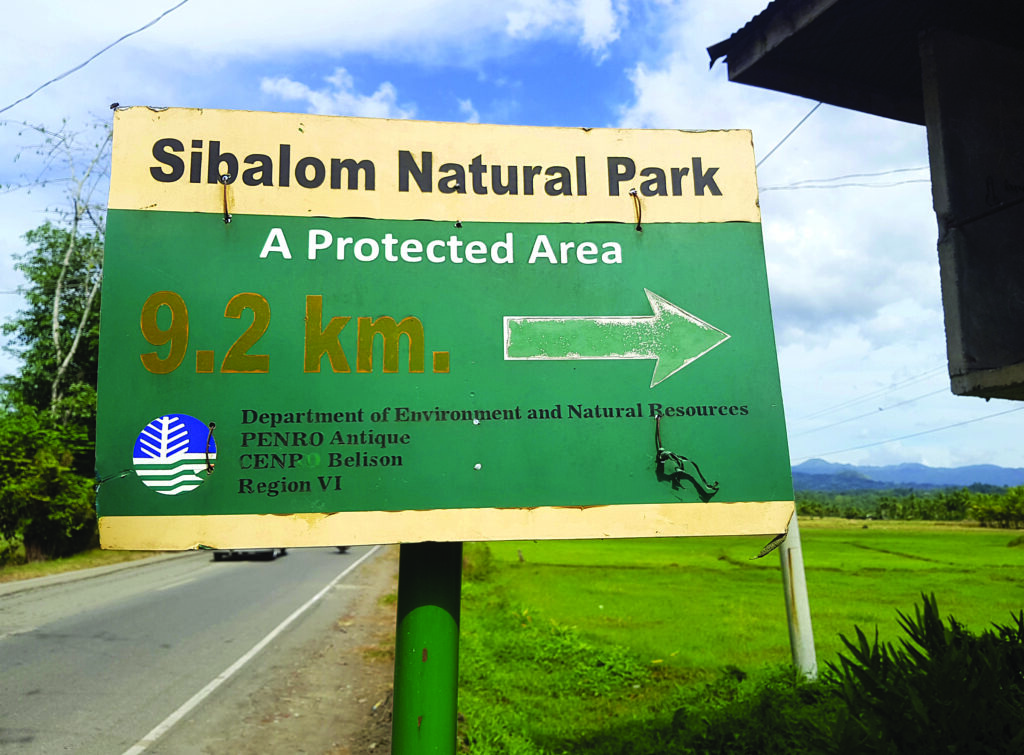
A Protected Area. The Sibalom Natural Park in Antique is about 30 kilometers away from the town of San Jose Buenavista. (Gregg Yan)
THE BIRDS AND THE BIG FIVE
Spanning 6778.44 hectares, the Sibalom Natural Park sprawls across Western Panay, a two-hour drive from Iloilo and four hours from the blazing beaches and legendary parties of Boracay.
My wildlife meter was already ticking when we entered the quaint town of San Jose Buenavista, the usual jumpoff for expeditions into the Sibalom Park. Along the main road, once jet-black electric wires and everything underneath were plastered white with still-drying bird poo, meaning the area was a possible roosting site for untold thousands of Birds.
“The Birds, thousands of them, arrived here in October,” shared Sibalom Park Superintendent Anthony Evangelio, who was taking me around in a rugged pickup. “However, visitors to the park usually come looking for the ‘Big Five’ – the Visayan Spotted Deer and Warty Pig, Walden’s and Tarictic Hornbills, plus of course the giant Rafflesia, the largest flower on Earth.”
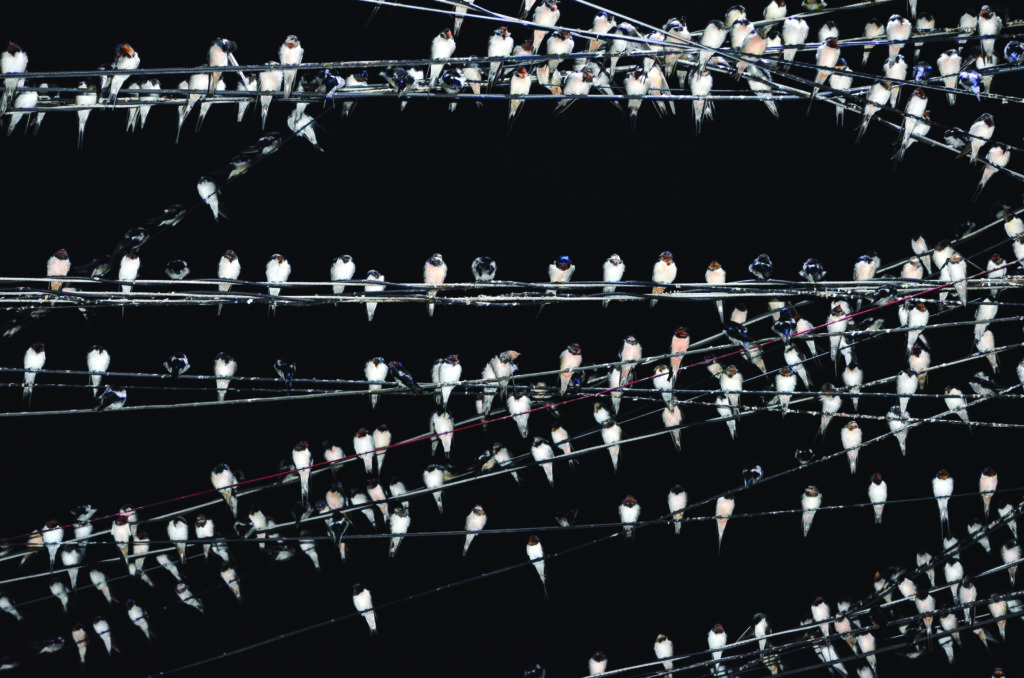
Swallow City. Tens of thousands of Barn Swallows (Hirundo rustica) have been roosting in the town of San Jose, the jumpoff point for the Rainbow River and Sibalom Natural Park, since October of 2022. Migratory Birds are attracted by the town’s Insects, which in turn are attracted by the area’s bright lights. (Gregg Yan)
WHAT ARE SIBALOM’S “BIG FIVE”?
Sibalom’s “Big Five” is a loose play on Africa’s “Big Five” – five popular animals whom tourists try to tick off while on safari.
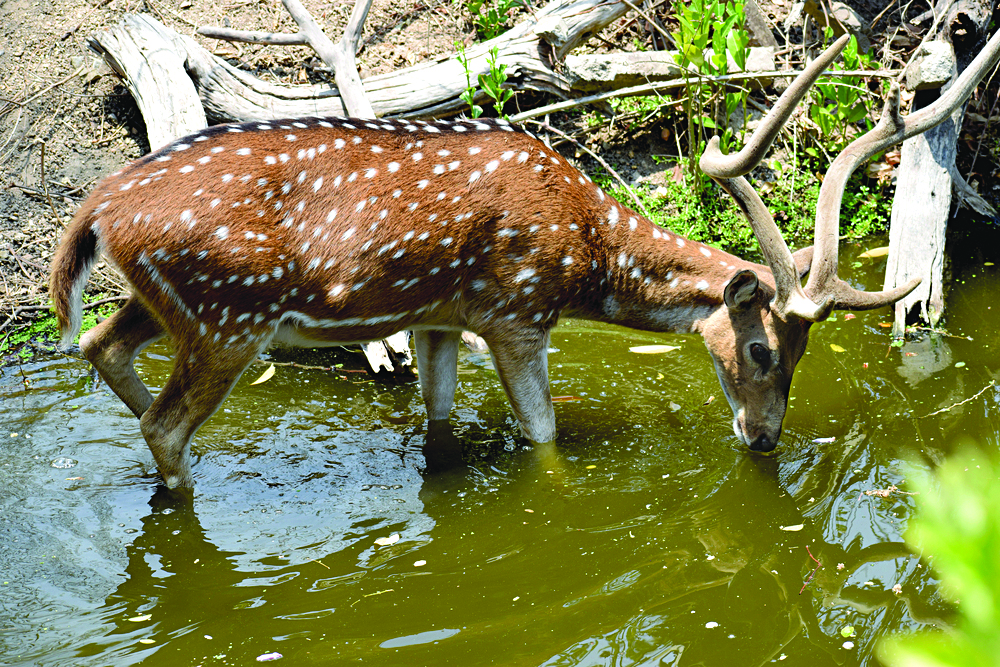
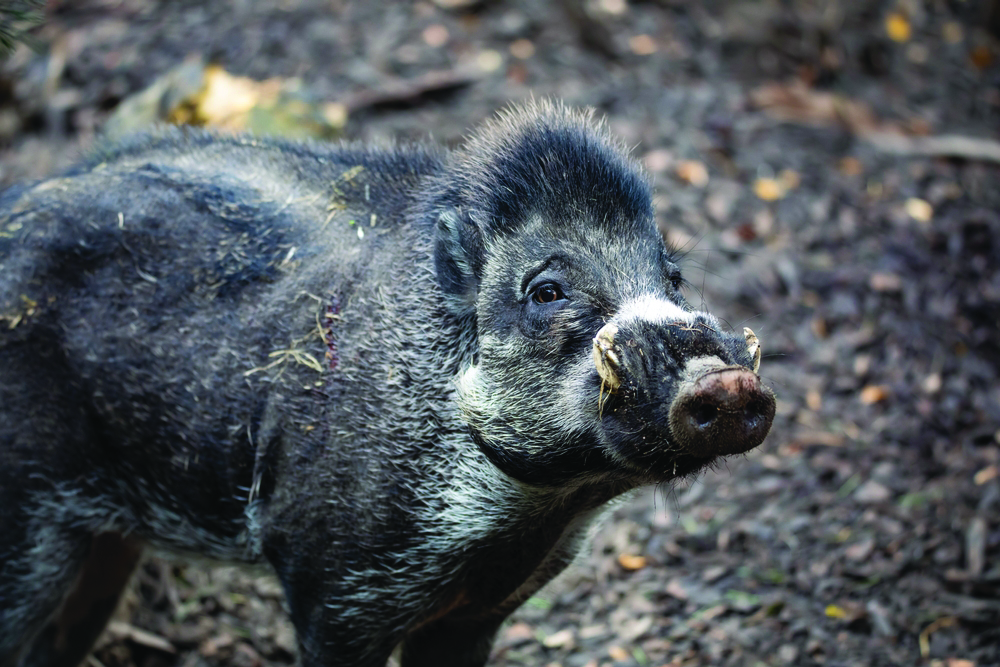


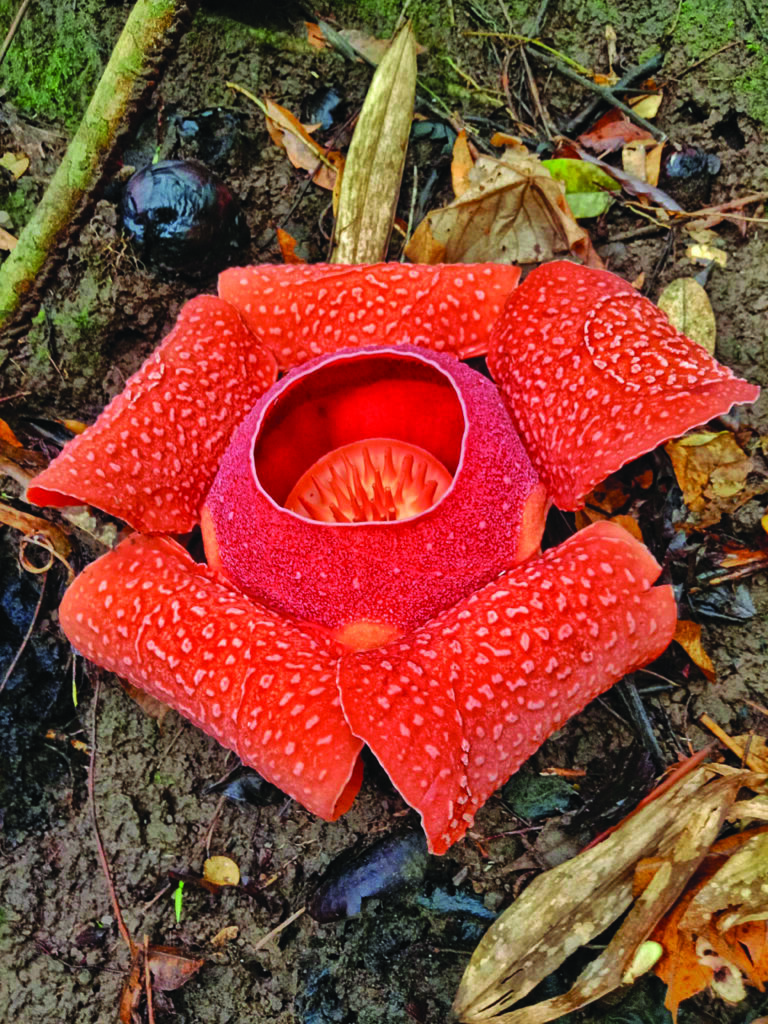
RAFFLESIA
As most types of Philippine wildlife are elusive, Sibalom-bound tourists will most probably only get fleeting glimpses of one of the area’s two Hornbill species, plus the park’s plus-sized flower.
Discovered in the mountains of the Sibalom Natural Park in 2002, Rafflesia speciosa is a mid-sized Rafflesia known to occur solely on the islands of Panay and Negros. According to an analysis conducted by Southern Illinois University Professor Emeritus Daniel Nickrent, this distribution pattern is unusual for Philippine Rafflesia where most species are confined to single islands, though Panay and Negros were once connected during the late Pleistocene era.

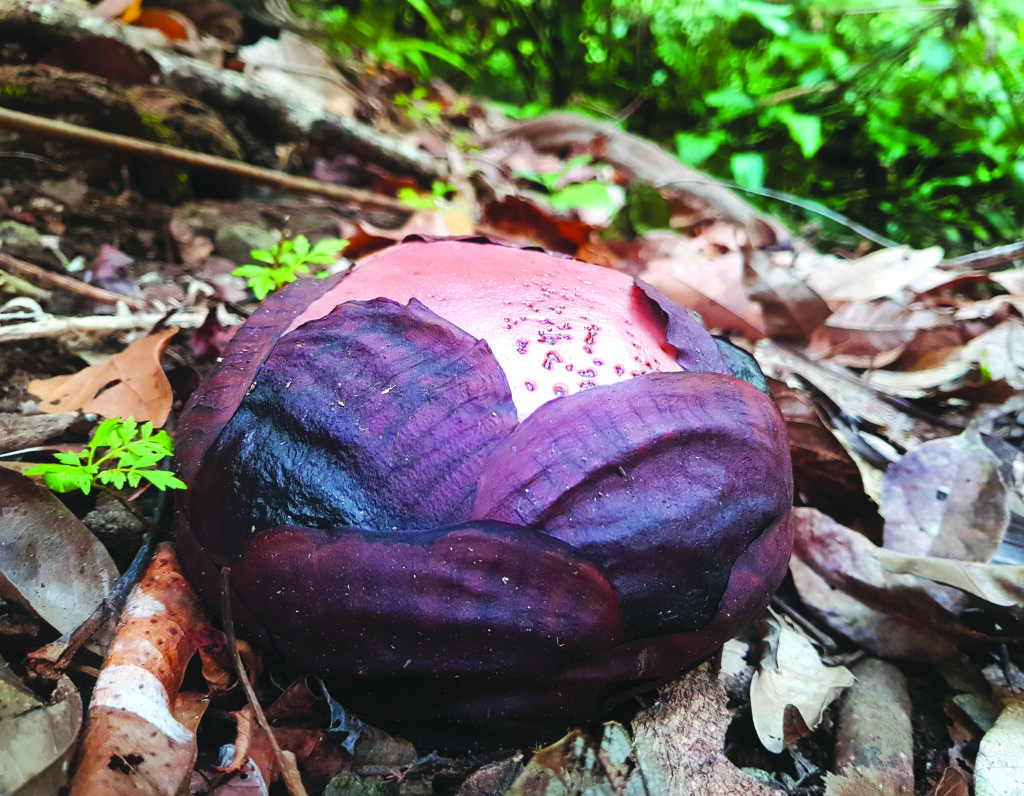
A TREK AND A QUEST
After resting and resupplying in San Jose Buenavista, we traveled to the Sibalom Park, a scenic 45-minute drive away. At the foot of the park lies the lovely Mau-It River, known locally as the “Rainbow River” for its more-colorful-than-usual stones. Quartz, jade, carnelian, onyx, jasper, and hematite can be found readily.
As a protected area though, the park does not allow the taking of even small rocks. I gently photographed several colorful stones (there were millions to choose from) before placing them back in the river, mindful to take nothing but memories and photos.
After a brief trek through the humid jungle, we reached the ranger station, which offers several basic but comfortable rooms, adorned with a huge cement effigy of the “Big Five”. After an obligatory photo with the giant flower, we pushed on.
About an hour of easy hiking later, our guide – grizzled old Arnold Agting – suddenly veered off-trail.
Trekking downhill through thick scrub and thorn-brush reminded me of our Pangolin quest in Palawan. After a few minutes, Tatay Arnold bent down and started clearing leaves from the base of an old tree. Hidden underneath were several fleshy buds of Rafflesia speciosa, the largest the size of a small cabbage, the smallest like a tennis ball. Still, two weeks away from blooming, they were already beautiful in my eyes.
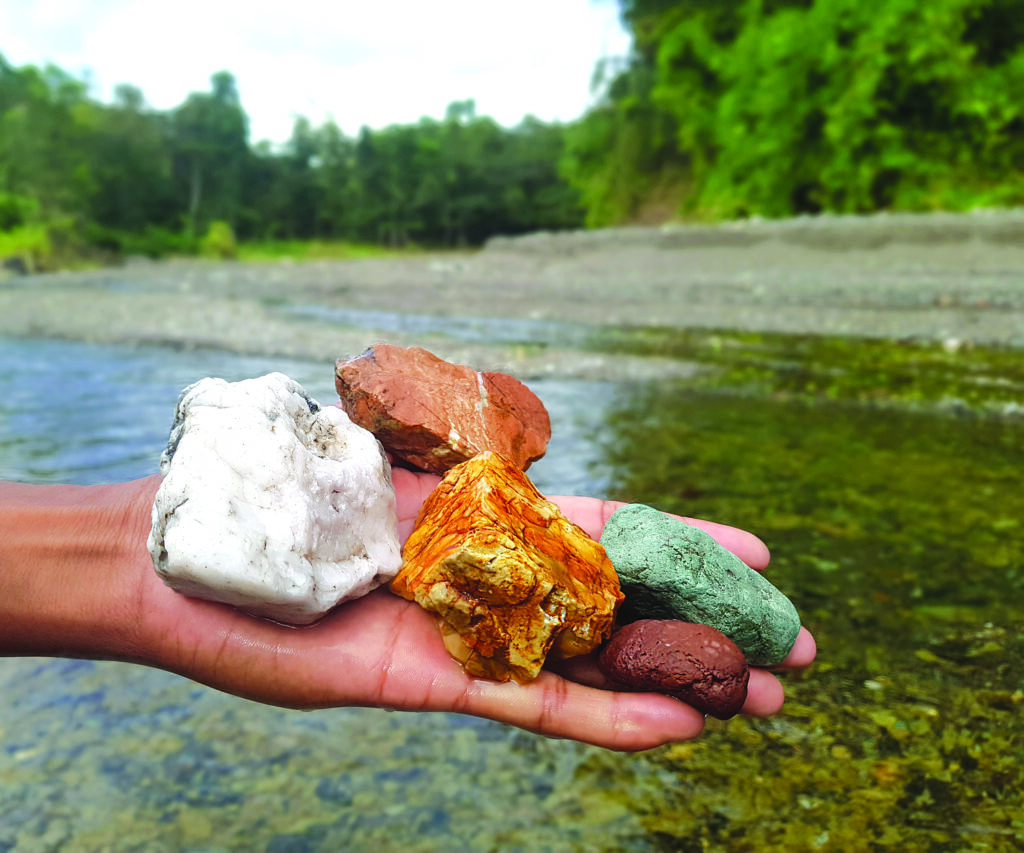
Semi-precious Stones. From top left to bottom right are chalcedony, jasper, quartzite, and hematite. Quartz, jade, carnelian, onyx, and jasper are also present in the river. “As the Sibalom Natural Park is a protected area, picking stones such as these is not allowed,” warns Jonathan De Gracia, a member of the park’s management board. (Gregg Yan)
PICTURES AND POO
As we returned to town that night, I paid homage to a place locally dubbed “Swallow City” – a well-lit road swarming with tens of thousands of chirping Barn Swallows. “The birds just love electric wires, which are excellent perches for hunting [I]nsects in the absence of trees. The [I]nsects, in turn, are attracted by the town’s bright lights,” explained my friend and fellow birder Jasmin Meren later on.
Without an umbrella, I braved the random rain of poo to snap pictures. Glad to have been given a chance to see colorful stones, giant flowers and a city swarming with Birds, I retired with a smile plastered on my face… and white Bird poo plastered everywhere else.


Wild Hogs. Visayan Warty Pigs (Sus cebifrons) are critically- endangered due to hunting, trapping, and habitat loss. Thriving populations still hold out inside the Sibalom Natural Park, though actual sightings of these highly-elusive animals are rare. (Gregg Yan)






